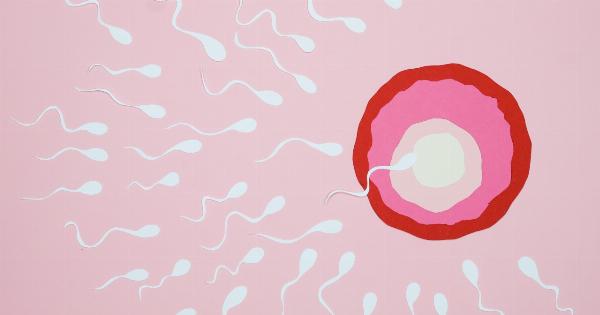Infertility is a common issue affecting many couples worldwide. It can be a challenging and emotional journey for those trying to conceive.
Fortunately, advancements in assisted reproductive technology have provided various options to overcome infertility. One such method is endometrial insemination, also known as intrauterine insemination (IUI). This procedure offers several benefits and has proven to be a successful fertility treatment for many couples.
1. Non-Invasive Procedure
Endometrial insemination is a non-invasive procedure, making it less daunting and easier to undergo compared to more invasive treatments.
The procedure involves inserting prepared sperm directly into the uterus, bypassing the need for the sperm to travel through the cervix. It is a relatively quick and painless process, reducing discomfort and anxiety associated with more invasive procedures like in vitro fertilization (IVF).
2. Increased Sperm Concentration at the Site of Fertilization
During the process of endometrial insemination, the prepared sperm is placed directly into the uterus. This allows a higher concentration of sperm to reach the fallopian tubes, where fertilization takes place.
By bypassing potential obstructions, such as cervical mucus, endometrial insemination ensures a greater number of healthy sperm are in close proximity to the eggs, increasing the chances of successful fertilization.
3. Timing and Control
Endometrial insemination provides doctors with more control over the timing of insemination. By closely monitoring a woman’s fertility cycle, doctors can determine the optimal time for the procedure.
This is usually around the time of ovulation when the egg is released from the ovary. Timed inseminations can significantly increase the likelihood of sperm and egg meeting at the ideal moment.
4. Treatment for Various Infertility Causes
Endometrial insemination is a versatile treatment option that can address various infertility causes. It can be used for couples with unexplained infertility, cervical issues, low sperm count, or mild male factor infertility.
It can also be recommended for individuals using donor sperm or those who require sperm washing due to infectious diseases. Endometrial insemination provides hope for couples dealing with different fertility challenges.
5. Cost-Effective Solution
Compared to more advanced reproductive technologies such as in vitro fertilization, endometrial insemination is a more cost-effective treatment option. The procedure is less complex, requires fewer resources, and involves fewer medications.
It is often the first choice for couples seeking fertility treatment due to its affordability. This accessibility allows individuals with various financial backgrounds to pursue their dream of starting a family.
6. Fewer Side Effects
Endometrial insemination has minimal side effects compared to more invasive procedures like IVF. The use of fertility medications is generally less intense, reducing the risk of adverse reactions.
The procedure itself is simple and gentle, with most women experiencing only mild discomfort, if any, during the process. Reduced side effects contribute to a more pleasant and comfortable treatment experience.
7. Emotional Support
Going through infertility challenges can take a toll on a couple’s emotional well-being. Fortunately, endometrial insemination often involves regular monitoring and support from fertility specialists.
These professionals provide guidance, reassurance, and emotional support throughout the treatment process. The compassionate care extends beyond physical procedures, ensuring couples receive the necessary emotional support during their fertility journey.
8. Non-Pharmaceutical Solution
Some couples prefer to explore non-pharmaceutical options when trying to conceive. Endometrial insemination provides them with a viable alternative.
While minimal fertility medications may be used to stimulate ovulation, the overall reliance on pharmaceutical interventions is lower compared to other fertility treatments. This option appeals to couples looking to minimize the use of medications during their fertility journey.
9. High Success Rates
Endometrial insemination has shown promising success rates for couples struggling with infertility. The procedure offers a higher chance of pregnancy compared to natural conception, especially for couples facing specific fertility challenges.
Depending on the individual circumstances, success rates can reach up to 20% per cycle. With multiple cycles, the cumulative success rates increase significantly.
10. Repeated Procedure Option
In cases where initial attempts of endometrial insemination are unsuccessful, couples have the option to undergo the procedure multiple times.
This flexibility allows for repeated attempts to achieve pregnancy before considering more invasive or advanced techniques. With each attempt, doctors can adjust the treatment plan based on individual responses and optimize chances of success.





























